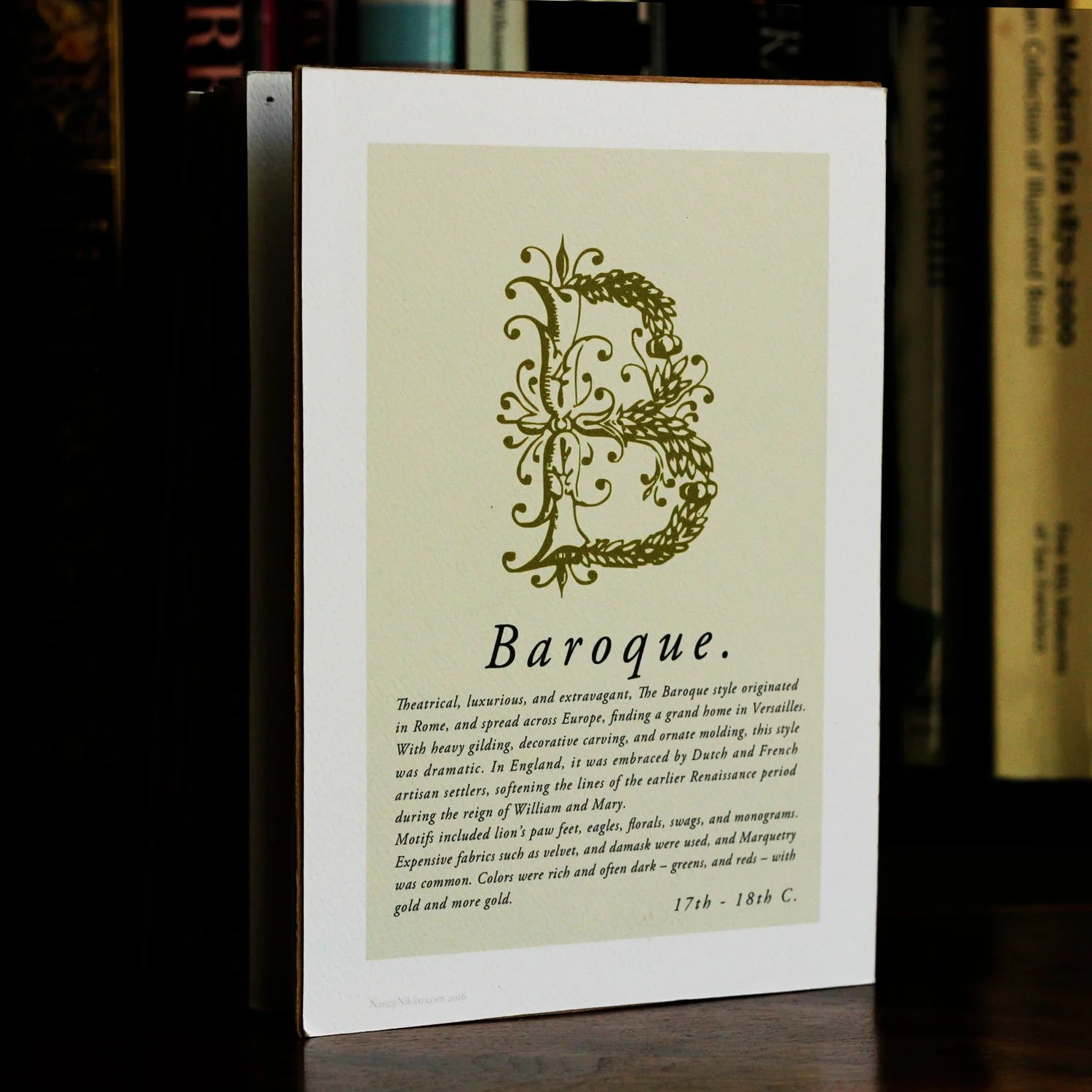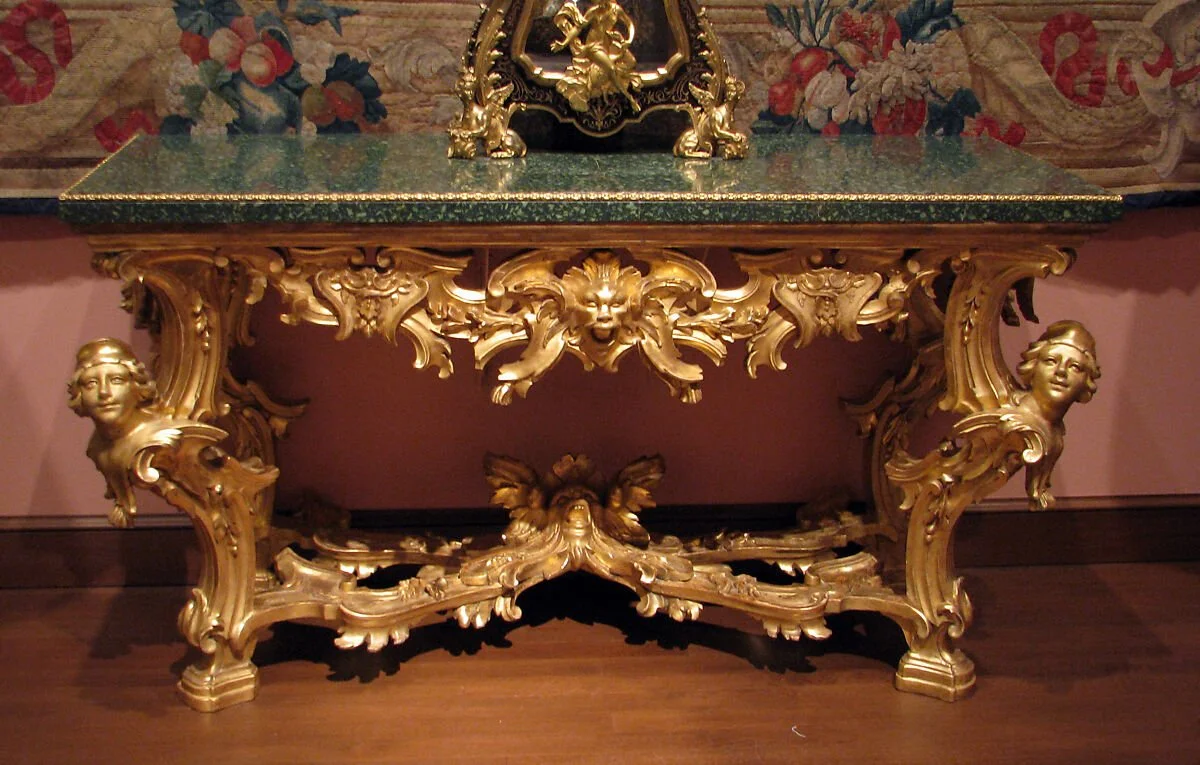All About Baroque
“The Baroque Age: Grandeur, Drama, and the Theatre of Power”
If the Renaissance celebrated balance and reason, the Baroque period reveled in emotion, grandeur, and the divine spectacle of the senses. Spanning roughly 1600 to 1750, the Baroque style swept across Europe as an artistic language of persuasion — a visual manifestation of faith, monarchy, and human passion. It was the art of movement, light, and awe.
Origins and Spirit
The Baroque was born in Rome at the dawn of the 17th century, shaped by the spiritual fervor of the Counter-Reformation. The Catholic Church sought to inspire devotion not through restraint, but through magnificence — architecture that dazzled the eye, sculpture that seemed to breathe, and paintings that transported the viewer into the divine. The term baroque, originally from the Portuguese barroco (an irregular pearl), was once meant as a critique. Yet in time, it came to define one of the most emotionally charged and artistically rich eras in Western art.
Bernini’s Baldachin, a bronze canopy inside St. Peter’s Basilica
Architecture: Majesty in Motion
Baroque architecture defied stillness. Where Renaissance buildings were geometric and calm, Baroque structures seemed to move. Façades rippled with concave and convex rhythms; interiors unfolded in dramatic curves and soaring domes. Architects like Gian Lorenzo Bernini and Francesco Borromini in Rome mastered this new theatricality.
Bernini’s St. Peter’s Square (1656–1667) embraces visitors with colossal colonnades symbolizing the Church’s open arms, while his Baldacchino inside the basilica—a vast bronze canopy swirling with vine motifs—creates an almost celestial stage for the altar. Borromini’s San Carlo alle Quattro Fontane (1638–1641) achieves a dynamic, undulating grace that feels alive with spiritual energy.
Saint Lucy, by Francisco de Zurbarán, holding a plate with eyeballs representing her eyes that were gouged out before she was executed under Roman persecution for her Christian faith. She now represents the saint of the blind and those with eye ailments.
Painting: The Drama of Light and Shadow
Baroque painting captured emotion through the power of chiaroscuro—the bold contrast of light and darkness. This was the era of Caravaggio, whose intense realism and psychological depth brought sacred stories into the viewer’s world. His followers, the Caravaggisti, spread this dramatic style throughout Europe.
In Flanders, Peter Paul Rubens painted grand mythological scenes filled with motion and sensual color; in Spain, Diego Velázquez’s portraits at the court of Philip IV transformed realism into quiet majesty. Francisco de Zurbarán painted emotionally intense images and his series with saints is especially intriguing and beautiful. More about he and this collection in an upcoming post.
In the Netherlands, Rembrandt van Rijn explored the human soul with his golden glows of inner light.
Sculpture: Motion Captured in Marble
No artist embodied the Baroque spirit more than Gian Lorenzo Bernini. His Ecstasy of Saint Teresa (1647–1652), in the Cornaro Chapel, Rome, unites sculpture, architecture, and light into one vision — the saint’s rapture illuminated by a hidden window of gold. Every fold of fabric, every twist of form, turns stone into breathless motion.
Baroque Console Table, Italian 1700s
Interiors and Decorative Arts
In interiors, the Baroque sought to overwhelm and inspire. Gilded stucco, painted ceilings, marbled columns, and sweeping staircases filled palaces and churches with theatrical unity. Ornamentation was not merely decoration — it was an experience.
The Palace of Versailles in France, expanded by Louis XIV, embodied Baroque power. The Hall of Mirrors, glittering with chandeliers and reflected sunlight, proclaimed both divine monarchy and human achievement. Furniture of the period was monumental, rich in carving, gilding, and veneer, designed to complement the architecture’s splendor.
Music and Harmony
The same grandeur resonated in Baroque music, where composers like Johann Sebastian Bach, George Frideric Handel, Antonio Vivaldi, and Claudio Monteverdi gave sound to motion and emotion. Counterpoint mirrored architectural rhythm; ornamentation in melody matched gilded scrollwork in design.
Color and Atmosphere
Baroque art embraced deep, dramatic color: crimsons, golds, umbers, and velvety blacks, illuminated by shafts of divine light. It was a palette that mirrored both earthly richness and heavenly radiance.
The Baroque Legacy
By the mid-18th century, the Baroque evolved into the lighter Rococo, yet its spirit of theatricality endures. Wherever light strikes shadow, wherever beauty meets awe, the Baroque lives on — a reminder that art can stir the heart as much as it pleases the eye.
In essence, the Baroque was the art of emotion made visible. It transformed faith into spectacle, architecture into drama, and the human experience into something vast and transcendent.





